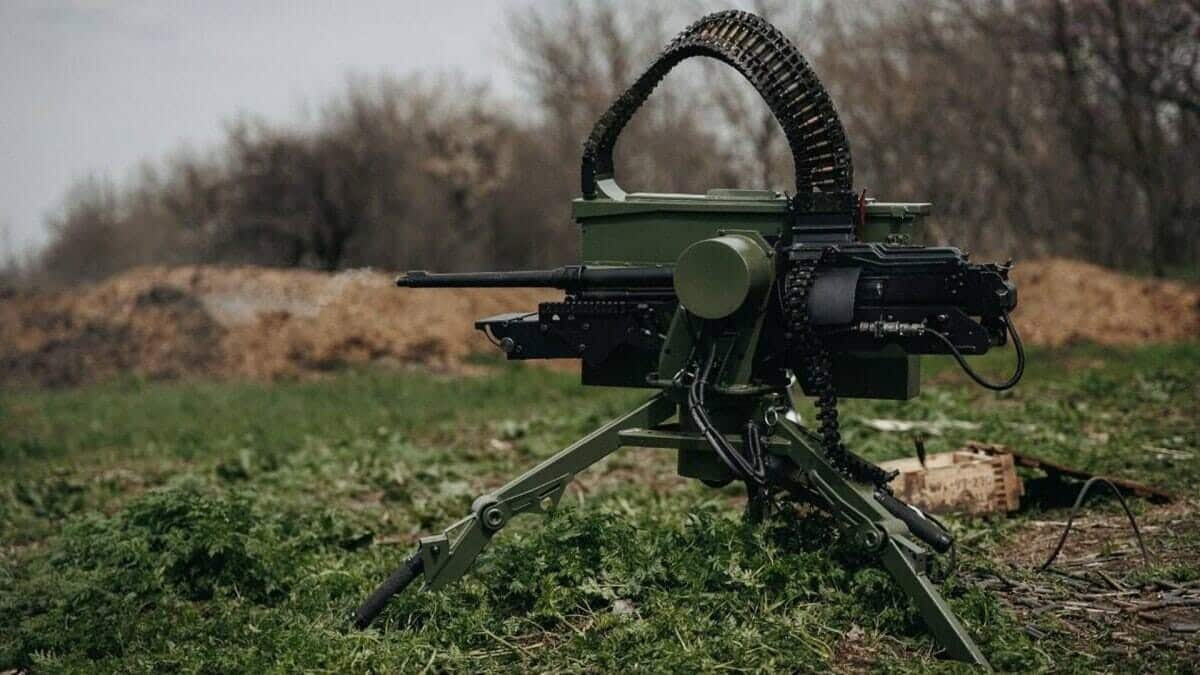
US military testing AI-powered machine guns to take down drones
What's the story
The US Army is looking at a revolutionary way to combat the growing menace of drone attacks, WIRED reported. The solution in question is an AI-powered machine gun called Bullfrog, which has been developed by Allen Control Systems (ACS). The futuristic weapon system integrates a 7.62-mm M240 machine gun with sophisticated sensors and proprietary AI. It's capable of tracking and taking down drones better than the best sharpshooters.
Trial success
Bullfrog's impressive performance at T-REX event
The Bullfrog was recently showcased at the Technology Readiness Experimentation (T-REX) event, where it was put through the paces by the Department of Defense. Reportedly, Pentagon officials were impressed with its performance during the trials. If adopted, Bullfrog could bring a major change in how US military deals with drone threats on battlefields. However, even with advanced tracking and targeting, firing still needs human approval.
Strategy shift
ACS's approach to drone defense
Led by co-founder and CEO Steve Simoni (a former Navy engineer), ACS has taken a unique approach to drone defense. Rather than modifying existing weapons or relying solely on human skills, the company is using AI and robotics. This was inspired by the widespread use of drones in conflicts such as the Russia-Ukraine war. The Bullfrog system can accurately neutralize small drones at distances of up to 183m, something that's challenging for humans.
Tactical advantage
A compact and precise defense system
Unlike traditional gun turrets that are huge and cumbersome, the Bullfrog is compact, weighing less than 181kg. This makes it ideal for agile platforms such as tactical vehicles. The system emphasizes precision over rapid-fire, saving ammunition and establishing an efficient defense network for troops. Though it can go fully autonomous, a human currently supervises Bullfrog's operations to avoid unauthorized attacks.
Upgrades ahead
ACS's future plans for the Bullfrog
ACS plans to further enhance the Bullfrog, aiming for extended range and smarter targeting capabilities. The firm envisions a network of autonomous turrets that can coordinate fire and protect moving convoys, even under challenging conditions. This concept offers a glimpse into possible future warfare scenarios where robots equipped with advanced AI handle combat operations, while human operators focus on strategic decisions.